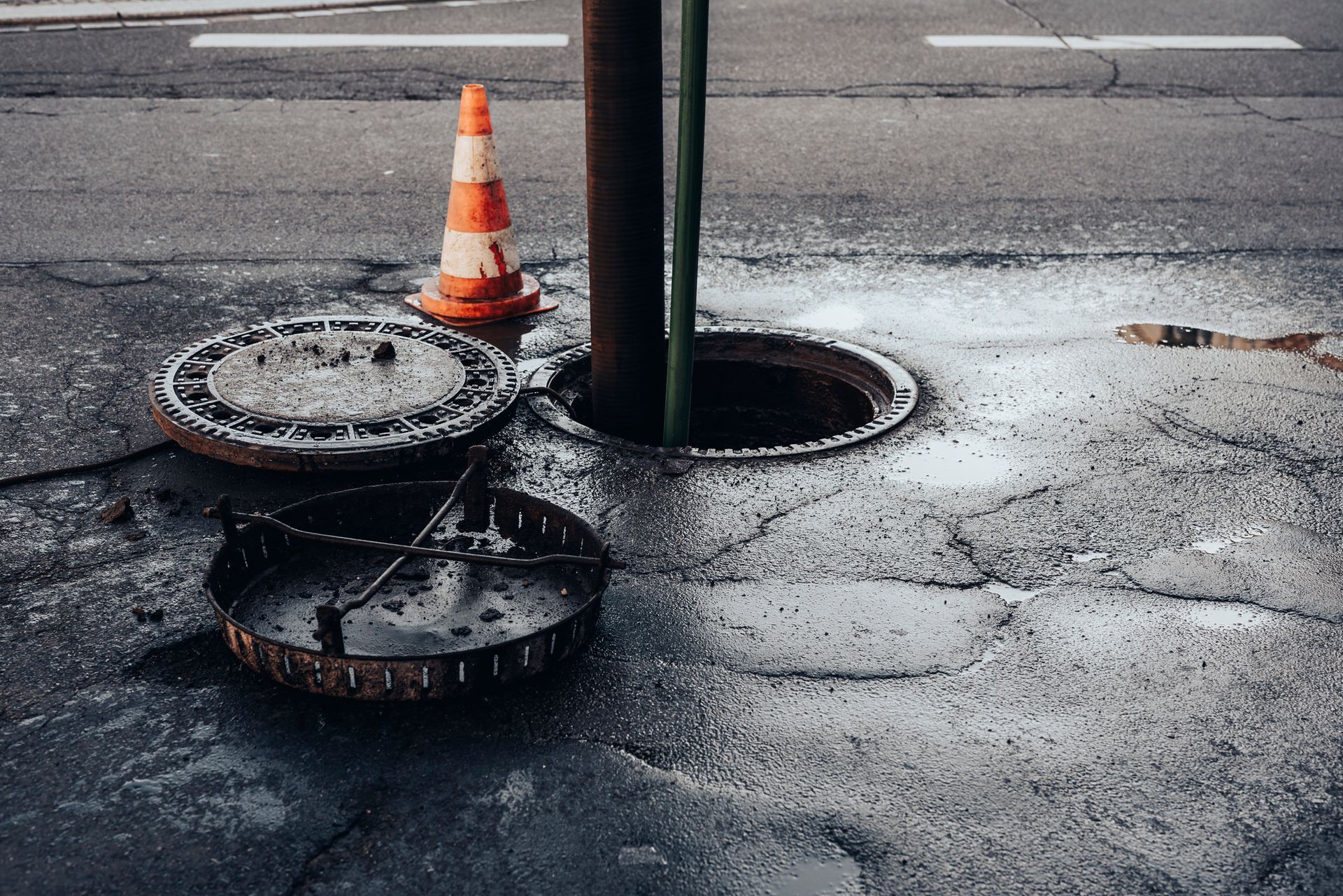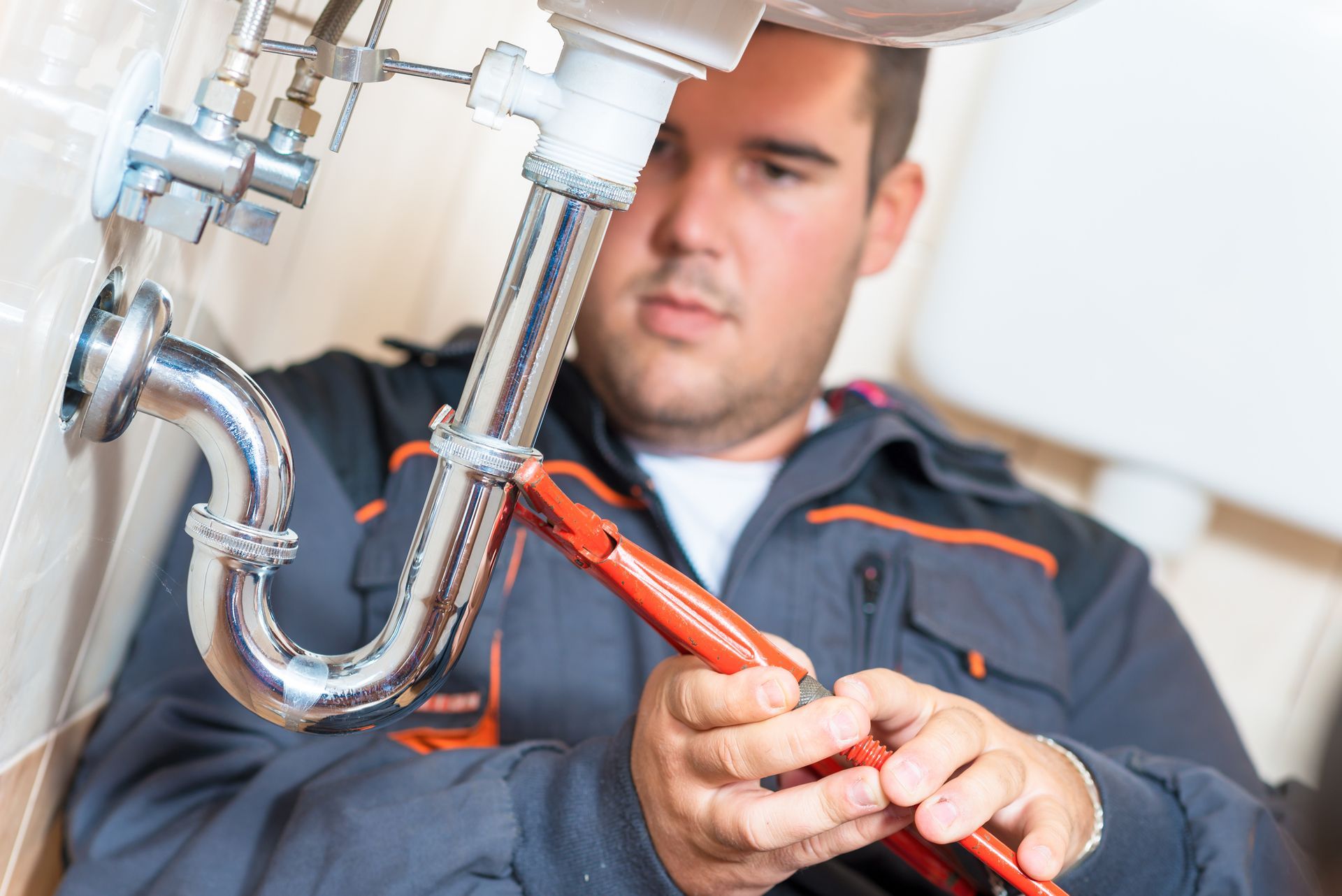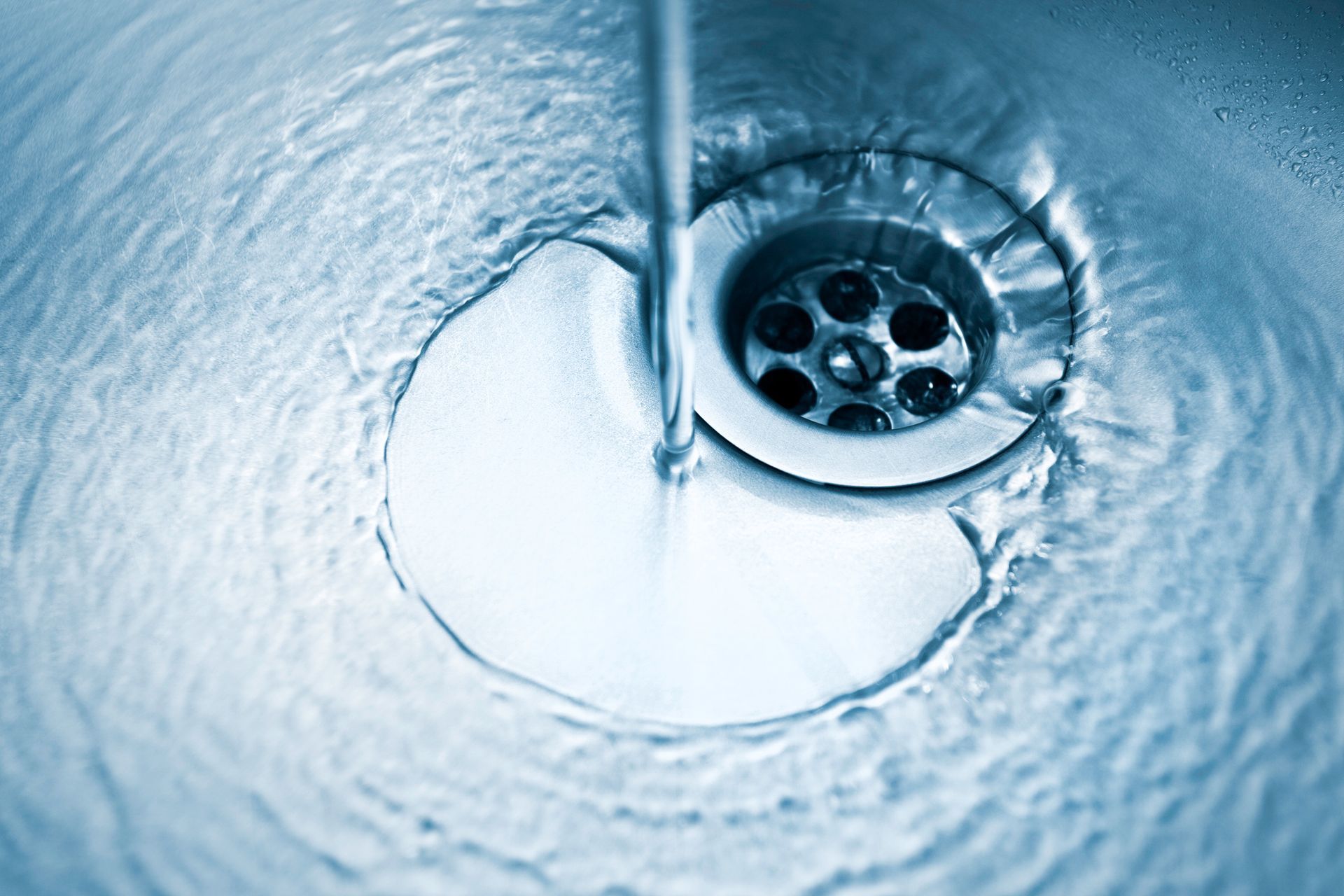HOW TO FIX A RUNNING TOILET: YOUR ULTIMATE GUIDE
An annoying running toilet can be wasteful of water resources and inconvenient. Not only can its continuous noise add strain to your budget, but its noise may drive anyone crazy! With the necessary skills and simple tools at your side, toilet repair becomes quite easy. Our guide covers everything from issue diagnosis to solution implementation so you can stop this inconvenient water waste for good! Save water by getting rid of that irritating running toilet today!

Recognizing the Issue
Before discussing how to fix a running toilet, it is essential to identify its causes. By being aware of potential causes, you will make your work much simpler and ultimately fix your issue faster. Below are some potential sources:
Flapper Valve Problems
Flapper valve issues are one of the primary sources of running toilets. A flapper controls how water flows into your bowl through rubber or plastic parts located at the base of your tank; when they malfunction and allow leakage into your bowl, your toilet may run continuously as water keeps seeping into its path and continues to come pouring out of them.
Float Ball Issues
The tank’s water level is managed by the float ball, which is frequently composed of brass or plastic. Water may overflow into the tube and cause a running toilet if the float ball is broken or positioned incorrectly.
Blockage of Overflow Tube
The toilet tank may not fill and empty correctly, resulting in an ongoing water flow if the overflow tube inside the tank gets blocked or broken.
Issues with the Fill Valve
After flushing, the fill valve is in charge of restocking the tank. A running toilet may result from not being set appropriately or malfunctioning.
After determining the signs to repair your toilet , let’s proceed to the detailed guide on repairing a running toilet.
Tools You’ll Need To Fix Running Toilet
Prior to beginning the toilet repair process, collect the required supplies as well as tools:
- Adaptable wrench
- screwdriver
- Replacing components such as fill valves, float balls, and flappers
- Rags or towels
- Gloves for buckets (optional)
- Pliers are optional.
Toilet Repair Process
The experts at Roto-Rooter are always available if you’re looking for expert clogged toilet repair in Apple Valley, CA . Now let us see how to fix a running toilet step by step if you’re looking for a DIY solution.
Step 1: Shut off the water supply
Find the water supply valve, which is usually mounted on the wall behind or next to the toilet, to start fixing your toilet. In order to cut off the water supply, turn it clockwise. In order to keep water from entering the tank while the repair is being done, this step is essential.
Step 2: Empty the Trash
To remove as much water as possible from the bowl and tank, flush the toilet. This will simplify and reduce the mess of the repair operation.
Step 3: Take Out the Tank Cover
Remove the tank cover gently, then store it somewhere secure. Because you’ll need it later, take care not to drop it or damage it.
Step 4: Determine the Issue
Examine the interior of the tank now to determine the exact problem that is causing the toilet to run. Recall the typical issues that were previously discussed, including a malfunctioning fill valve, float ball, or flapper.
Step 5: Change out the flapper
Disconnecting the flapper from the flush chain or lever should be your first step if you think it’s a problem. Take out the outdated flapper and install a brand-new, identical one in its place. Make sure that the replacement flapper fits securely and forms an appropriate seal.
Step 6: Modify the Float Ball
Adjust the location of the float ball if this is the source of your issue. To reduce water content in your tank, gently bend its arm downward for reduced volume in your tank; this way water overflowing to overflow tubes should be prevented.
Step 7: Check the toilet handle
Check to make sure the toilet handle returns back into its original position after flushing; otherwise, make any necessary adjustments or replacements until its operation becomes consistent and optimal.
Step 8: Empty the Overflow Tube
Use a flexible wire or tube brush to remove any dirt or mineral buildup if the overflow tube is obstructed. The water flow in the tank may be interrupted by a blocked overflow line.
Step9: Switch out the fill valve
If none of the solutions work to solve the issue at hand, replacing your fill valve may be essential to rectifying it. As directed by its manufacturer, remove and install a new one by detaching and disconnecting your old fill valve before turning off the water service and installing your new valve.
Step 10: Activate the Water Source
After making the required adjustments or replacements, turn the water supply valve back on by turning it in a counterclockwise direction. Let the tank fill up all the way.
Step 11: Examine your toilet
After flushing the toilet, see how it functions. Ensure there are no obvious leaks or problems and that it is no longer running nonstop.
Step12: Put the Tank Lid Back on
Once your toilet is operating well, replace the tank lid with a tight fit.
Avoiding Future Toilet Repairs and Clogs
Toilet clog repair is not an easy gig. So, after you’ve successfully fixed your running toilet, you should take the following actions to keep the toilet functioning properly and avoid future problems.
Continual Upkeep and Cleaning
Keep your toilet clean on a regular basis to avoid blockages and mineral buildup. After cleaning the bowl with a toilet brush and cleanser, wipe down the outside with a moist towel. During normal maintenance, further look for any indications of leaks or flowing water.
Pay Attention to What You Flush
Refrain from flushing anything that might clog the toilet, such as paper towels, toilet paper in excess, hygiene products, or non-flushable things. To avoid obstructions, flush just garbage and toilet paper.
Adjust the Water Levels
Make sure your toilet tank’s water level isn’t set too high by checking and adjusting it from time to time. This will avoid unnecessary toilet repair in the future!
Quickly Replace Worn Parts
Replace any worn-out or damaged elements of your toilet as soon as you see them, such as a rusted fill valve or a failing flapper. A prompt replacement can save expensive fixes in the future, such as clogged toilet repair.
In Summary: A Running Toilet Solved
Anyone who is ready to put on a pair of gloves and follow a few easy steps may easily fix a running toilet. You may stop the continuous water waste and bothersome running sound by identifying the issue and implementing the required fixes. Keep in mind that routine toilet repair and maintenance can not only shield you from problems down the road but also help you save water and money on your utility costs. Roto-Rooter Plumbing & Drain Service company can help you fix the running toilets. Call us today to schedule a service in Apple Valley, CA.
The post HOW TO FIX A RUNNING TOILET: YOUR ULTIMATE GUIDE appeared first on Roto-Rooter High Desert.



